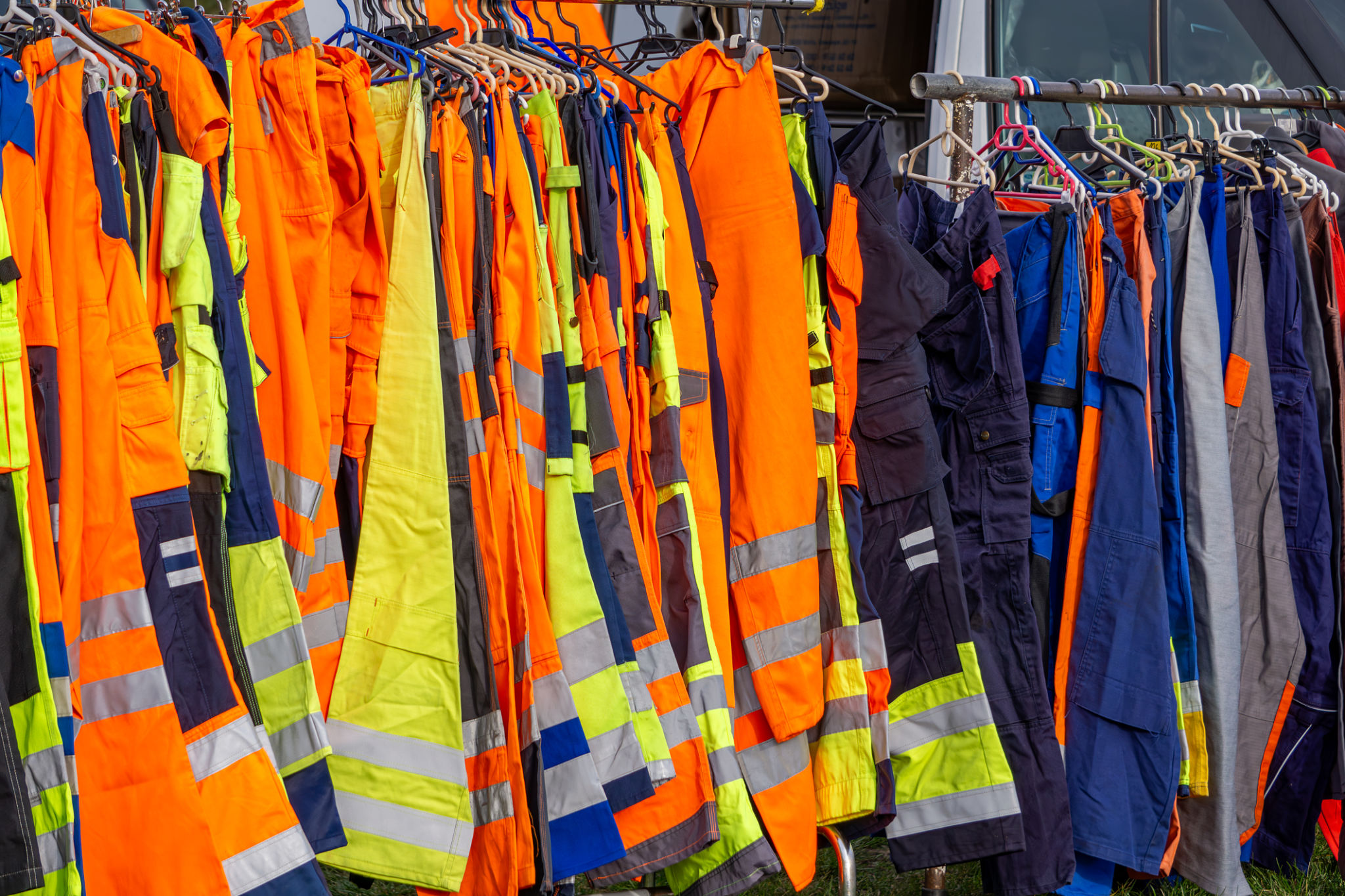Understanding Ontario's Demolition Regulations: What You Need to Know
Introduction to Demolition Regulations in Ontario
In Ontario, demolition projects are governed by a set of stringent regulations designed to ensure safety and environmental protection. Whether you're a homeowner planning to tear down an old shed or a contractor tasked with demolishing a large commercial building, understanding these regulations is crucial. Compliance not only ensures the safety of workers and the public but also helps avoid potential legal issues.

Key Regulatory Bodies
Several bodies oversee demolition activities in Ontario. The primary regulatory authority is the Ontario Ministry of Labour, which enforces safety standards on construction sites. Additionally, municipal governments often have their own bylaws and permit requirements that must be adhered to. It's essential to check both provincial and local regulations before proceeding with any demolition project.
Another important organization is the Ontario Building Code, which provides guidelines for structural integrity and safety measures. The Environmental Protection Act also plays a role by regulating waste management and environmental considerations associated with demolition activities.
Obtaining the Necessary Permits
Before starting a demolition project, it is necessary to obtain the appropriate permits. The process typically involves submitting detailed plans and documentation to the local building department. This includes information about the structure to be demolished, the methods to be used, and how waste will be managed.

The permitting process can vary depending on the location and size of the project, so it's important to consult with local authorities well in advance. Failure to secure the necessary permits can result in fines and delays.
Safety Standards and Requirements
Safety is a top priority during demolition projects. The Occupational Health and Safety Act outlines specific requirements that must be followed to protect workers. These include proper training for all personnel, use of protective equipment, and safe handling of hazardous materials.
- Conducting a thorough risk assessment before starting work
- Ensuring all workers have received appropriate training
- Using personal protective equipment (PPE) at all times
- Implementing measures to control dust, noise, and vibration

Environmental Considerations
Demolition projects can have significant environmental impacts if not managed carefully. The Environmental Protection Act requires responsible disposal of waste materials and encourages recycling whenever possible. Identifying and safely handling hazardous materials like asbestos is also critical.
Proper waste management involves separating materials such as concrete, metals, and wood for recycling or disposal. Many municipalities offer guidelines for waste diversion to minimize landfill use, which is both environmentally friendly and cost-effective.
Conclusion: Best Practices for Compliance
Understanding and complying with Ontario's demolition regulations ensures that projects are completed safely, legally, and with minimal environmental impact. Stay informed about the latest requirements and consult with professionals when needed. By prioritizing safety, securing necessary permits, and responsibly managing waste, you can ensure a successful demolition project.
